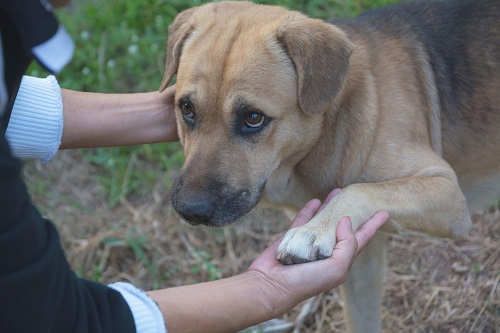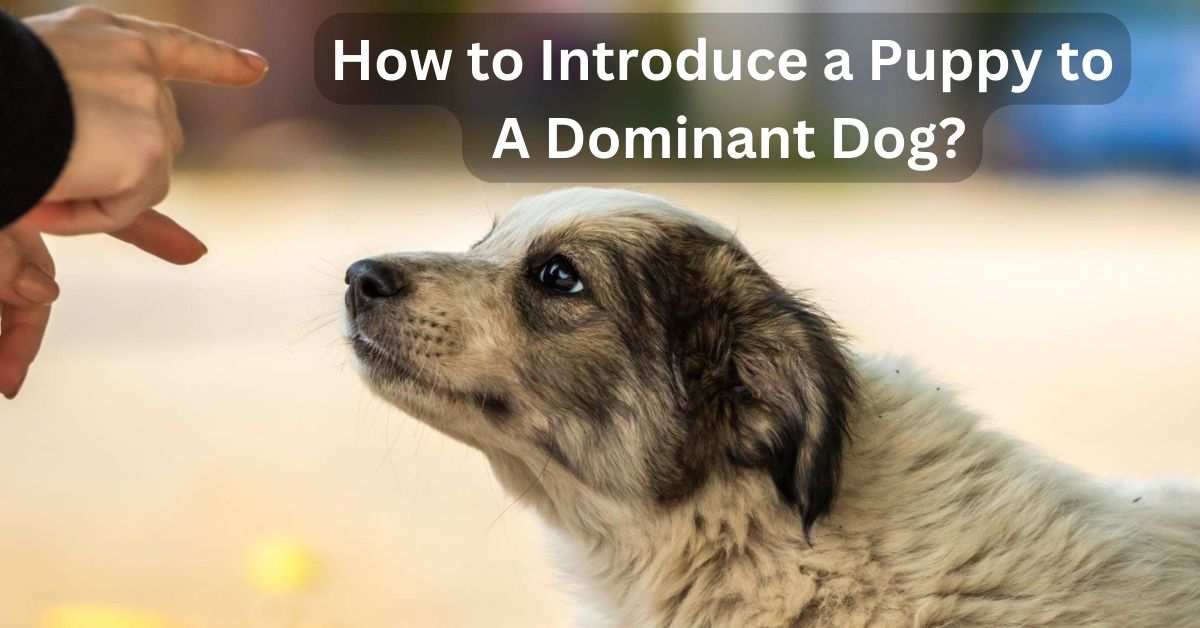Introducing a new puppy to a dominant dog can be challenging and intimidating. However, it can be a smooth process with proper preparation, patience, and the right techniques. This article will provide tips and techniques for How to Introduce a Puppy to A Dominant Dog.
How to Introduce a Puppy to A Dominant Dog?
If you want to introduce a puppy to a dominant dog, then you must follow some steps, and you should be patient because this will be time taking process. But this will be much easier for you if you read this guide. Let’s find out how to introduce your puppy to a dominant dog.
Preparing for the Introduction
Training and socialization are critical for both dogs. Ensure your puppy has undergone basic obedience training and socialization with other dogs before introducing it to the dominant dog. Choose a neutral location for the introduction, and prepare the environment by removing any valuable items that may trigger the dominant dog’s territorial behavior. Ensure safety measures such as leashes and muzzles are available before the introduction.
The Introduction Process
When introducing a puppy to a dominant dog, starting slowly and carefully is essential. Allow the dogs to meet in neutral territory where they can interact under your supervision. Encourage positive interactions between the two dogs by rewarding good behavior with treats and praise. If one dog shows discomfort or aggression, separate them immediately and try again later. Be patient and gradually increase the duration of the interaction.
After the Introduction
After the introduction:
- Incorporate the puppy into the household routine, ensuring the dominant dog does not feel threatened.
- Monitor the two dogs’ interactions and ensure they are comfortable with each other.
- If you notice any signs of aggression or discomfort, address the issue immediately by seeking professional help.

Why is it important to introduce a puppy to a dominant dog?
Introducing a puppy to a dominant dog is important for several reasons. Firstly, it helps the puppy to develop proper socialization skills and to learn how to interact with other dogs. This is important for the puppy’s mental and emotional development and can help prevent future behavioral issues. Secondly, it helps the dominant dog to accept the new puppy and prevents the dominant dog from feeling threatened, which can lead to aggressive behavior. Overall, a successful introduction can create a harmonious relationship between the two dogs, leading to a peaceful coexistence in the household.
The Role of body language in introducing dogs
Body language plays a crucial role in the introduction of dogs. Dogs use body language to communicate with each other, and understanding their body language can help you determine if the dogs are comfortable with each other or if they are feeling stressed or threatened. For example, a relaxed and loose body posture indicates that a dog is comfortable, while a stiff and tense body posture indicates that a dog is feeling threatened or uncomfortable. Understanding body language can help you intervene early to prevent conflicts between the dogs.
Tips for managing multiple dogs in the household
Managing multiple dogs in the household can be challenging, but several tips can help make it easier. Firstly, ensure that each dog has its own space, such as a crate or bed, to retreat when it needs alone time. Secondly, establish a consistent routine for feeding, exercise, and playtime to prevent conflicts. Ensure each dog receives attention and affection to prevent jealousy and competition. Lastly, please monitor their behavior and intervene early to prevent potential conflicts. By following these tips, you can ensure a happy and harmonious household for all your dogs.
Conclusion:
Introducing a puppy to a dominant dog can be challenging, but proper preparation, patience, and the right techniques can be a smooth process. By following the tips and techniques outlined in this article, you can ensure a successful introduction and a peaceful coexistence between the two dogs. Remember to seek professional help if needed, and always prioritize the safety and well-being of both dogs.
FAQs
While it may be tempting to leave your dogs alone together, it’s essential to continue supervising their interactions, especially during the first few weeks after the introduction. You never know when a situation may arise that requires your intervention. It’s better to be safe than sorry and continue monitoring their interactions until you are confident they can be left alone together.
If your dominant dog shows aggression towards the new puppy during the introduction, it’s important to intervene immediately. Separate the dogs and try again later, using a different technique or approach. If the aggression continues, seek professional help from a qualified dog trainer or behaviorist.
Introducing a puppy to a dominant dog who has never been around other dogs before is possible, but it may require more patience and effort. You should introduce the dogs gradually, allowing the dominant dog to become comfortable with the puppy’s presence over time. Again, seek professional help if needed.
Monitoring your dogs’ behavior can tell if they are getting along after the introduction. Signs of a positive interaction include simple body language, playfulness, and calmness. Signs of a negative interaction include growling, snapping, or avoidance behavior. It’s important to intervene early if you notice any negative behavior and to continue monitoring their interactions until you are confident they can coexist peacefully.
